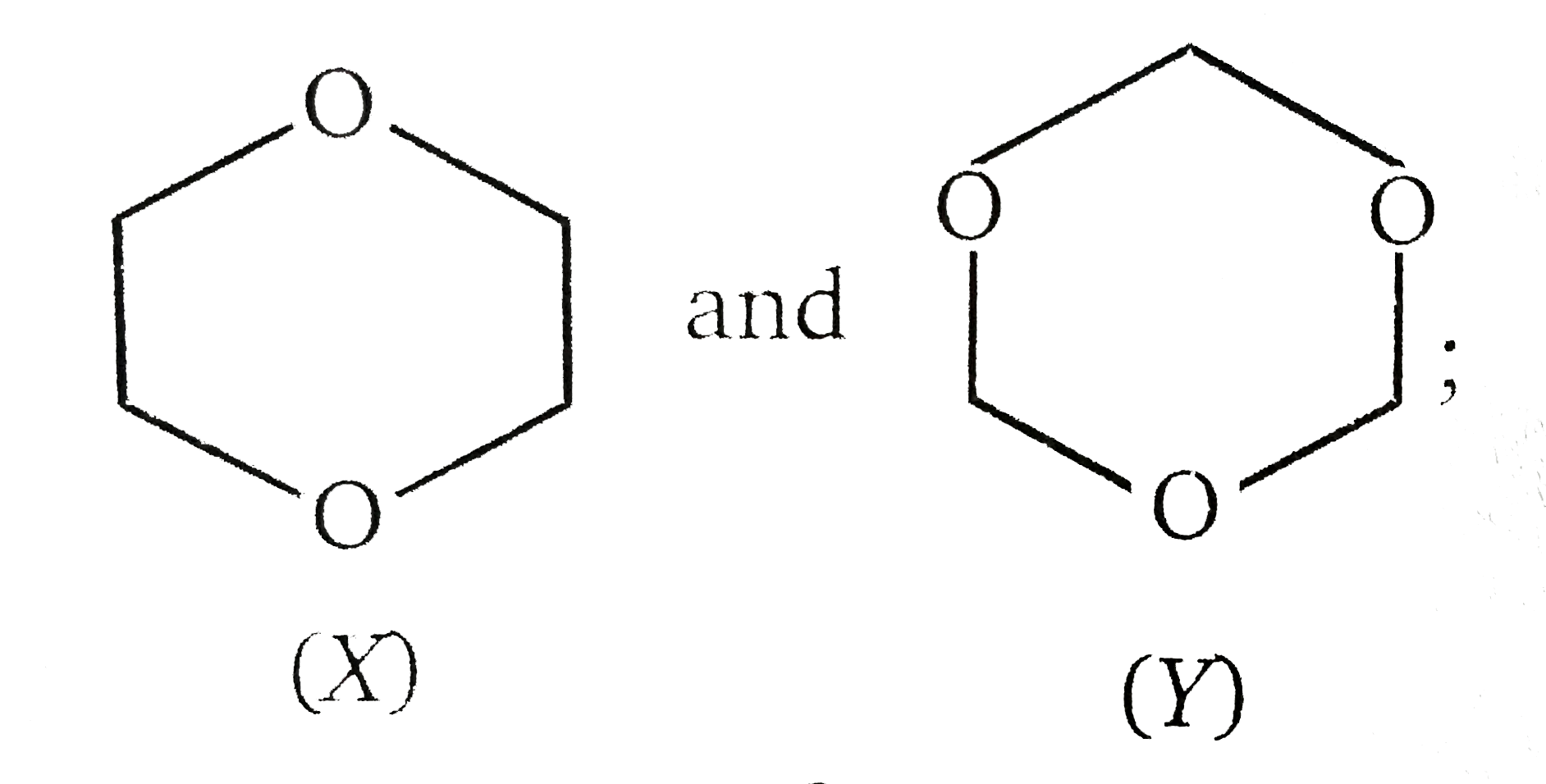 , Compounds (X) and (Y) can be differentiated by :
, Compounds (X) and (Y) can be differentiated by :
A
B
, then Fehling test
C
, then Na
D
Both (b) and (c)
Text Solution
The correct Answer is:D
|
Topper's Solved these Questions
- PRACTICAL ORGANIC CHEMISTRYBook:MS CHOUHANChapter:PRACTICAL ORGANIC CHEMISTRYExercise:Level 2
Explore 5 Videos
- POLYMERSBook:MS CHOUHANChapter:POLYMERSExercise:ADDITIONAL OBJECTIVE QUESTIONS (INTEGER TYPE)
Explore 8 Videos
- RADICAL REACTIONSBook:MS CHOUHANChapter:RADICAL REACTIONSExercise:Additional Objective Questions (Matrix Match Type)
Explore 6 Videos
Similar Questions
Knowledge Check

A+B Compound (A) and (B) can be differentiated by :A2- 4 -DNPBFehling solutionCLucas reagentDNaHSO3
H3O⊕−−−→A+B . Compound (A) & (B) can be differentiated by :A2-4 DNPBFehling solutionCLucas reagentDNaHSO3
above compounds (P) & (Q) can be differentiated by :Aamm. AgNO3BNaOHCFeCl3DBoth (a) & (b)
 . Compound (A) & (B) can be differentiated by :
. Compound (A) & (B) can be differentiated by :
View Solution , Compound A and B can be differentiated by :
, Compound A and B can be differentiated by :
View Solution
Compound (X) and (Y) can be distinguished by
View Solution , O3/Zn,H2O−−−−−−−→(X)+(Y)
, O3/Zn,H2O−−−−−−−→(X)+(Y)
Compound (X) and (Y) can be distinguish by :
View Solution , these compounds can be differentiated by :
, these compounds can be differentiated by :
View Solution


_CHE_E06_285.png) Compound (Y) can be
Compound (Y) can be